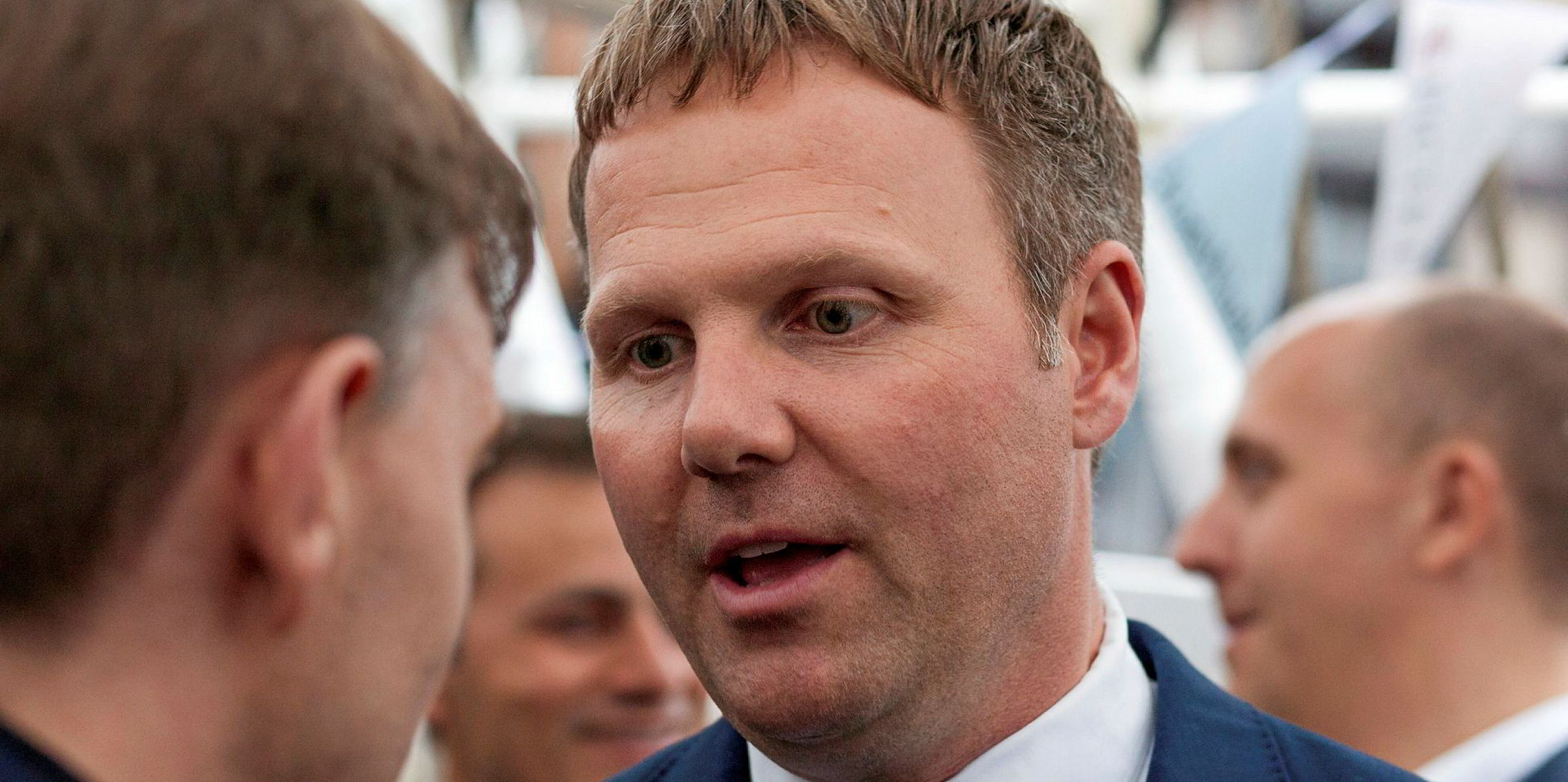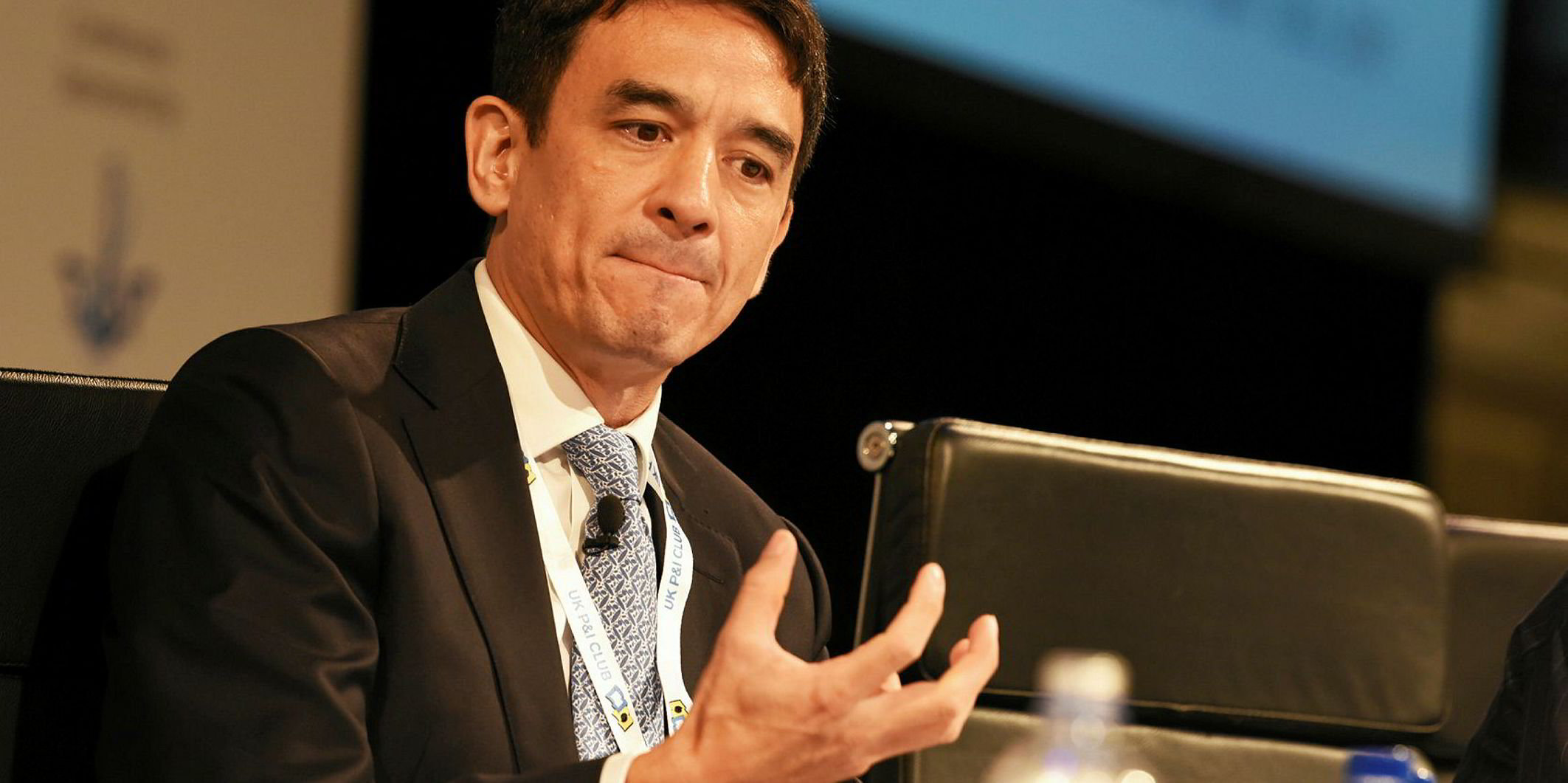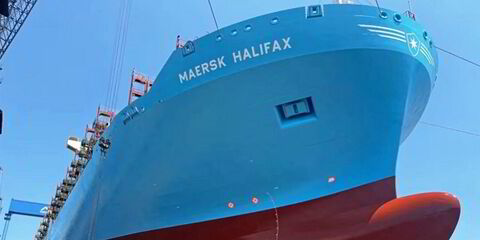Epic Gas is looking to avoid falling into the trap of buying expensive steel as it keeps an eye open for expansion in a recovering market, its chief executive says.
BW-backed Epic has $78m in cash and completed the purchase of four new ships with the aid of an equity raise this spring.
The deal will take Epic’s fleet to 44 LPG vessels, which provides plenty of critical mass to be fine-tuned, Maltby told TradeWinds.
He explained profitability was the first objective for the company, which has been cutting its losses in a recovering market and was profitable in the final quarter last year. However, it was $1.6m in the red for the second quarter of 2019.
“We have done plenty of growth in the past,” Maltby said, noting contracts for 17 newbuildings as well as both single and en bloc purchases.
“We are absolutely open to incremental, profitable growth in the future. But the key word in there is profitable, of course.
“It’s really important that we don’t get carried away and buy expensive steel,” he continued.
“Obviously its easier to buy expensive steel when the market goes up.
“We have to be careful not to fall into that little trap and keep our focus on good asset pricing from high quality shipyards and high-quality owners."
While Epic Gas remained loss-making in the second quarter, its larger peers in the LPG space are set for a return to profit.
VLGC specialist BW LPG and Avance Gas both saw their stocks climb on Wednesday following a report from Pareto Securities, which predicted an end of multi-year losing streaks in the second quarter and “fantasy” rates in the third.
Maltby said the smaller LPG markets in which Epic operates could only be seen to have recovered when they also return owners to the black.
“At this point you could say we have still got some work to do,” he said.
“If you look at supply, I think we are ahead of the big ships in that the orderbook is under slightly tighter control.
"We are probably a year ahead of the bigger vessels from that point of view.”
On the demand side of the equation, vast US shale gas exports have helped push VLGC rates above $50,000 per day this year, ending a multi-year depression in rates.
“On the smaller ships we are starting to see that benefit but it’s not as immediate – not such a straight hit,” Maltby said.
“Often the benefit we get is in the transshipment when it gets to the discharge port.
“We need to see a few more months of that flowing into markets in developing economies on the bigger ships and we should see a further pickup then in transshipment work.”







